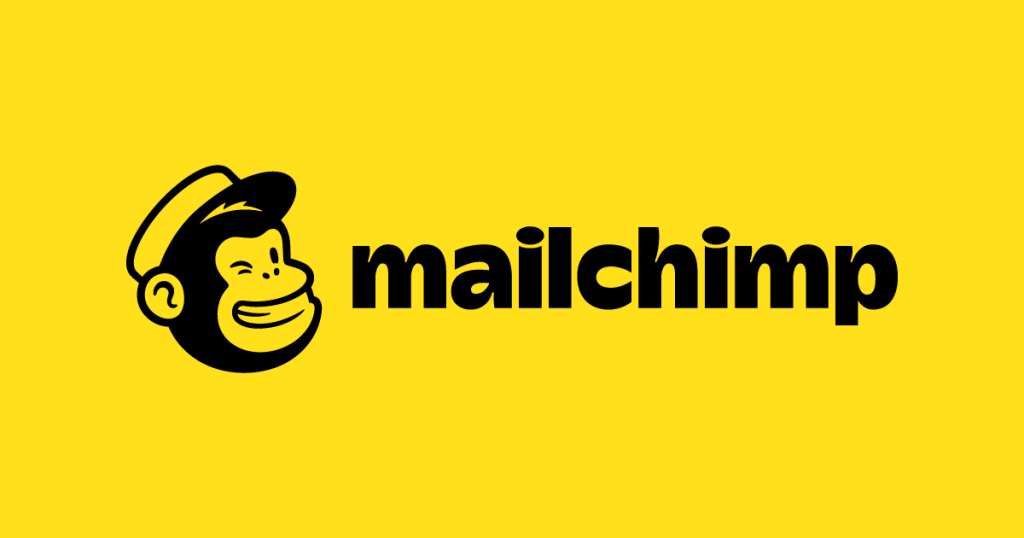Big businesses spend a significant amount of resources on their logo, and for good reason – a logo is often the most recognisable element of your brand. There are various types of logos that impact customers differently due to the combination of text, icons and illustrations used. Each logo type achieves different things for the brand, which is why brands pay close attention when designing and picking a logo. Let’s explore the different types:
1. Pictorial mark logo
Pictorial mark logos are symbols or icons without words. In most cases, these icons are minimal and literal, such as Apple, Target or Twitter (pictured below).
The brands that use pictorial icons must build attributes around them to add depth and meaning to the image. This type of logo works as an image alone, so companies that do not have strong brand recognition will struggle to use these.



2. Abstract logo
An abstract logo is an icon designed to represent one or multiple aspects of your brand. An abstract logo takes a while to align with your brand attributes but when it does you have something truly unique.
An abstract logo absorbs the personality of the brand. Nike’s tick had no meaning by itself but over time, with careful branding, the tick has become synonymous with the company and what they stand for. Abstract logos can also be representations of concepts, such as the 5 rings of the Olympic Games representing the 5 continents of the world.
This style of logo is often not driven by any cultural implications. This makes it easier to take your brand national or international. Another benefit of choosing an abstract logo is that it allows you to have flexibility in the meaning and interpretation of it.



3. Wordmark logo
A wordmark logo is font-based and focuses on the name of the brand – think Coca Cola, Coles and eBay. The font style and colour represent the brand’s personality and target audience.
A wordmark logo works best if your brand has a distinct name (eBay, Disney and Nescafe, for example). When a brand’s name is combined with strong typography, it helps with brand recognition, which is particularly useful for new businesses. You can use conventional pre-existing fonts or create a custom font style.



4. Mascot logo
Mascot logos are illustrated characters who are usually the brand’s spokesperson too. In most cases, these characters are cartoon-ish, colourful, and fun. Mascot logo design often evolves as the business grows and diversifies.
Mascot logos are a great way to personify your brand. Think of Ronald McDonald or the mascots at sporting matches. Mascots can be difficult to rebrand so businesses choose a mascot they can stick with long-term. A bonus is that businesses can use mascots on merchandise for passive revenue.



5. Emblem logo
An emblem logo consists of a font within an abstract icon (or symbol). Emblem logos do not separate the text from the icon (where as the combination logo at number 7 does). These logos have a traditional feel to them and often represent a brand’s heritage.
Emblem logos are usually used by institutions and companies who have been around for a long time, such as the Australian Cricket Team or BMW. However, this doesn’t mean new brands can’t use them too. These logos establish authority and make the customer feel connected to a sense of tradition.



6. Lettermark logo
Lettermark (or monogram) logos use the initials of a brand with (usually) a long name. These logos are typography based and have a few letters from the brands name, which make it easier to identify and remember.
The simplicity and ease of saying the name works in the brands favour. H&M is short for Hennes and Mauritz, but it is far easier to remember the brand as H&M.



7. Combination logo
A combination logo has a wordmark or lettermark with a pictorial mark, abstract icon or a mascot. In most cases, these different elements are visually separated. You get a visual representation to your brand while also retaining the brand name for easier recall.
A new to the market brand gets a versatile image with a combination logo. Since a combination mark has text and visual elements distinctly separated, brands use this to reinforce recall in the consumer’s mind. Eventually, after a brand has reached a certain level of identification, brands strip it down to just one element. For example, Nike often strips it back to just the tick.



What is your favourite logo? Let us know below!



